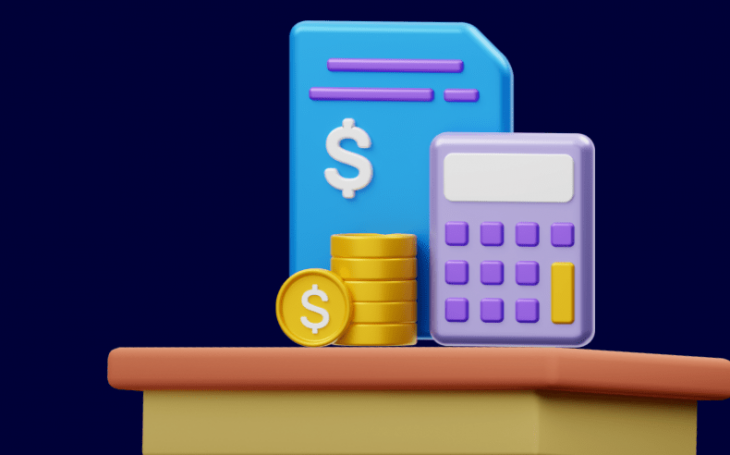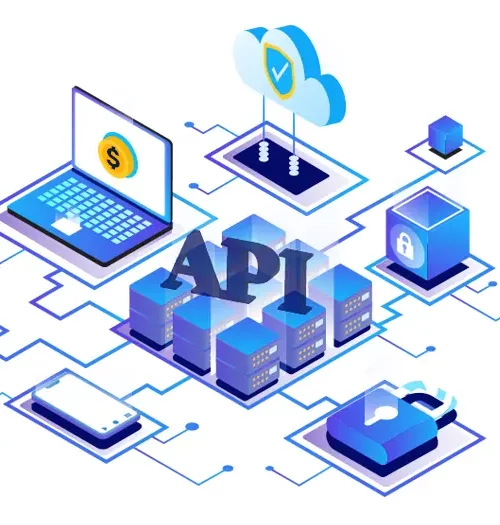
Related Post

Unleashing the Future: CloudBankin’s Thrilling Funding Breakthrough
Hey there, everyone! I hope you're ready for some amazing

Why Should Your Lending Business Get Api-Fied: A Comprehensive Guide To Understanding Lending APIs
47,40,00,00,00,000! Counting the zeros? Let’s simplify it.INR 47.4 Lakh crore. That

How Machine Learning Can Redefine Lending
Machine learning has done a tremendous change in the way

